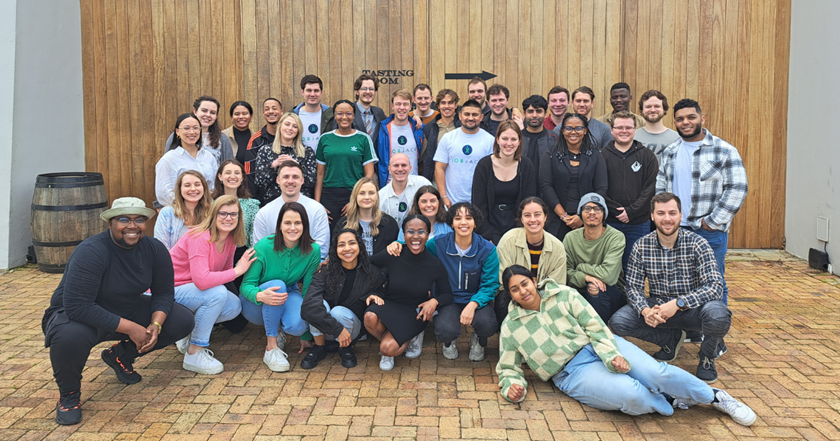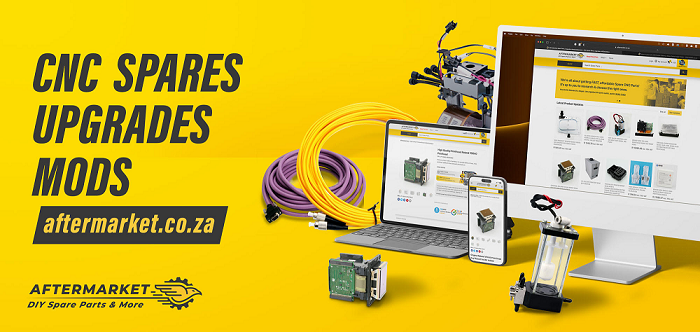Your next investment is only a tap away with the Fedgroup...
Whenever I hear about how someone made money with investments, it always gets me thinking why can’t I do it. There are loads of...
New Visa Study Reveals How Consumers Can Stay Secure from the...
Over-confidence is leaving consumers in Central and Eastern Europe, the Middle East, and Africa (CEMEA) at risk of becoming victims of fraud, according to...
How Big Data is Revolutionising the South African Media and Communication...
In today's digital age, the media and communication industry in South Africa is experiencing a major transformation, thanks to the rise of big data....
JOBJACK secures R45M raise to further impact unemployment
Impact-focused tech startup, JOBJACK, is determined to change the narrative of entry-level recruitment in South Africa. In response to the growing unemployment rate in...
Can your organisation fend off a cyber attack?
By Ryan De Smidt
As many as 85% of global organisations experienced a cyber-attack last year, and with nearly 8 in 10 experiencing an attack...
Follow the multicloud road: a step-by-step guide for medium businesses
By Greg McDonald, Director Sales Engineering, Dell Technologies South Africa
Over the past decade, cloud offerings have evolved significantly, transforming the way medium-sized businesses (MBs)...
Unlocking winter profits: How South African retailers can capitalise on the...
Conventional wisdom is that winter is one of the weakest periods for retail trading in South Africa. However, a big data analysis commission by...
Purchase Aftermarket Spare Parts from Aftermarket.co.za!
Advanced Machinery, aka AM.CO.ZA, is excited to announce the launch of its newest website aftermarket.co.za. Aftermarket is based of the popular Buythis.co.za website. Whereas Buythis sells machines, consumables and spares for machines that AM.CO.ZA sells, the main focus of aftermarket.co.za is...
Supporting local business by shopping local and online – a strategy...
Retail chains across the country scrambled to upgrade existing platforms or create online stores to ensure they could continue operating during the hard lockdown...
Chipset Manufacturer UNISOC plans to connect Africa
There are over 1.4 Billion people in Africa but a massive proportion are unconnected. While many in Africa have cell phones, these phones are 2G...
Printing White on Fabric with New Direct-to-Film (DTF) Technology from AM.CO.ZA
Local large-format printing and cutting systems specialist Advanced Machinery offers a complete solution for Direct-to-Film printing capable of achieving prints of the highest quality...
Early investors in 4IR start-ups set to reap rewards
Early investors in start-ups with exposure to the fourth industrial revolution (4IR) are benefiting from significant revenue growth despite the physical constraints introduced by...
Dell Technologies Delivers a Simplified Cloud Experience with Extended APEX Portfolio
Dell Technologies has announced several new products and enhancements to its exciting APEX portfolio of infrastructure, platforms and solutions, all delivered as-a-Service. These solutions...
The next generation of consumer classification
The next generation of consumer classification
New market segmentation, ‘Mosaic’, offers a common customer language to define and engage consumers with relevancy
Cape Town, 16...
If your business needs the right machines to get the job...
If your business needs the right machines to get the job done, buythis.co.za has you covered. I recently came across their site when looking...
BizTweak Invites Entrepreneurs to Fall in Love with their business this...
The entrepreneurship journey is one that can often be daunting but having a business is a bit like falling in love: it’s exciting, exhilarating,...










































